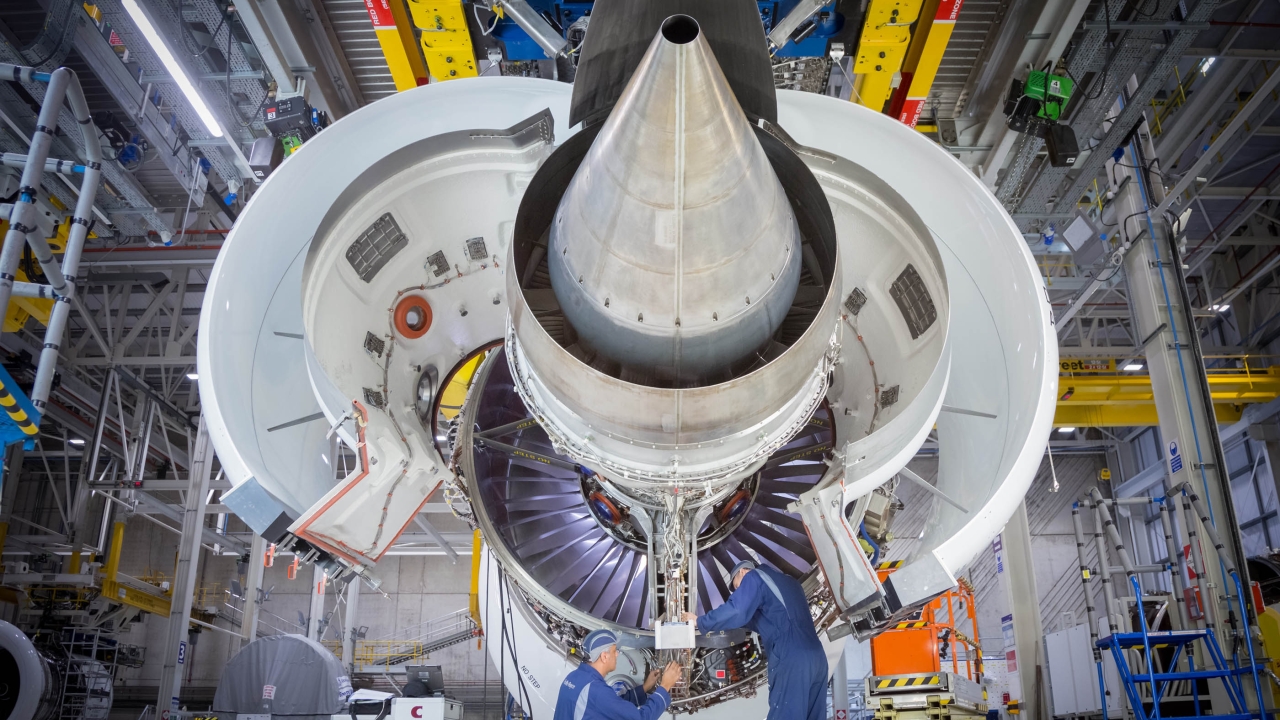A cape of good hope for Icelandair
Icelandair Group’s charter and leasing specialist, Loftleidir, has taken a majority shareholding in Cabo Verde Airlines. Alan Dron asks why the Nordic carrier is focusing on a tiny island group 5,000km south of its home?

At first glance, Cabo Verde Airlines (CVA) does not appear to be a particularly attractive proposition: a one-aircraft national carrier burdened with debt and with a limited route map thinly stretched over four continents.
The Government of Cabo Verde (Cape Verde in English) has been keen to privatise its national airline for some time and, in 2017, gave Loftleidir Icelandic a management contract as a strategic partner to oversee the necessary changes.
And, in March this year, Loftleidir Cabo Verde, a subsidiary of the charter and wet-lease specialist, bought 51% of formerly state-owned CVA.
So what was the attraction?
“Although looking from the outside, CVA might not seem to have a huge potential, our in-depth evaluation revealed the opposite,” explained Jens Bjarnason, who is now CVA’s president and CEO.
“As a country, Cape Verde has many similarities to Iceland, where Icelandair has built up an extremely successful hub-and-spoke operation, connecting Europe and North America through Iceland, while simultaneously making Iceland a very strong destination for tourism.
“We feel that Cape Verde has much the same potential. It is a unique, intriguing destination, ideally located to connect South America and Europe, as well as west Africa and North America, using a hub-and-spoke system.”
The new owners’ first action will be to move CVA’s base, switching from Praia International Airport to the neighbouring island of Sal.
Sal’s Amilcar Cabral International Airport has a considerably longer runway – more than 3,200 metres compared to Praia’s 2,100 metres – and is also busier, serving 1.1 million passengers in 2017 compared to 660,000 at Praia. Sal already has the necessary infrastructure in terms of runways, aprons and terminal space to support a hub-and-spoke operation, noted Bjarnason.
Loftleidir’s involvement in CVA has already seen the fleet expand from a single Boeing 757-200 to three, with two more scheduled to arrive this year. Three of the four new arrivals will come from Icelandair’s inventory.
Although the 757 is relatively elderly, Icelandair Group has become a highly successful operator of the narrow-body type, with more than 20 in service. It is still favoured for long, ‘thin’ routes.
“We feel that the 757-200 is ideally suited for the [CVA] operation,” said Bjarnason. “It has the range to reach North America” – CVA flies to Boston and will start flights to Washington DC later this year – “as well as key destinations in South America.”
To mark CVA’s ‘new start’, a new colour scheme for the aircraft is being rolled out.
However, Bjarnason hinted that a new generation of aircraft could find its way into the CVA fleet. “In the near future, we see narrow-body aircraft entering the market that have the same capability, such as the Airbus A321LR. If the hub-and-spoke operation in Sal proves to be successful, we will develop a fleet replacement strategy to meet our future need for new and fuel-efficient aircraft.”
At present, CVA has only a few points on its route map. Apart from the two US destinations there are three (Fortaleza, Salvador and Recife) in northern Brazil, together with Lisbon and Paris in Europe and Dakar in Africa. The European destinations are due to be joined by Milan and Rome, while African sectors will be added to Lagos and Luanda.
“The primary connections are South America and Europe on one hand, and west Africa and North America on the other. The addition of destinations needs to be done in an orchestrated way, to maintain proper balance in the network.”
Within the Cape Verde archipelago, Bjarnason said: “Our preference is to collaborate with the current domestic operator, Binter, to feed traffic to our Sal hub from other Cape Verdean islands. We see this as a win-win situation for both Binter and us. If this cooperation does not work out, we will explore other options. Inter-island connectivity is a key to our business model.”
One major aim of both the airline and the Cape Verde Government is to establish the 10-island archipelago as a year-round tourism destination. The airline is already offering stopover packages for passengers to explore the islands en route between continents.
Two years down the road, Bjarnason hopes that Cape Verde will increasingly be seen as “a great place to make a connection”. Given Icelandair’s success in doing precisely that, who would bet against the same thing happening 5,000km away from the land of fire and ice?
Stay up to date
Subscribe to the free Times Aerospace newsletter and receive the latest content every week. We'll never share your email address.

